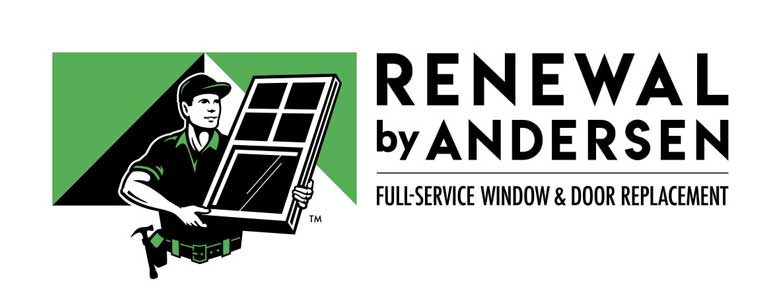If you sometimes notice your windows “sweating” or fogging up indoors, that’s condensation forming. This can happen when there’s a difference in temperature between indoors and outdoors. Today, Renewal by Andersen® of Central Pennsylvania, your local specialist in sliding windows and patio doors, shares more insight about condensation, whether it’s a problem and what to do about it.

What Usually Causes Window Condensation?
Condensation happens when moisture in the air collects on a surface as small water droplets. You can observe this when you pour cold water into a glass at room temperature. Water droplets will soon form on the surface of the glass. The same happens to your windows when the moisture fogs up your view of the outdoors. One of the most common causes behind condensation is excess amounts of humidity in your home as the cold window glass comes into contact with the moisture from the warmer indoor air.
In some cases, condensation is not an issue and can actually be a sign your replacement windows are in good shape. However, if you see that the condensation has formed between the glass panes of your windows, this likely means your window seals have failed. Unfortunately, this requires window replacement.
Avoiding Condensation From Forming on Your Windows
You can reduce condensation by opening your curtains and blinds, as windows that are covered by them are more likely to form condensation. You can also air out your home a few minutes each day whenever it isn’t snowing or raining to reduce excess humidity. Ventilation fans are also effective in maintaining indoor humidity levels, so be sure to keep the ones in your bathroom and kitchen on whenever you’re showering or cooking.
When it comes to quality windows and doors, our products at Renewal by Andersen of Central Pennsylvania are second to none. Call us today at (717) 929-8610 or fill out our convenient contact form to get started. We serve Lancaster and the surrounding PA areas.








